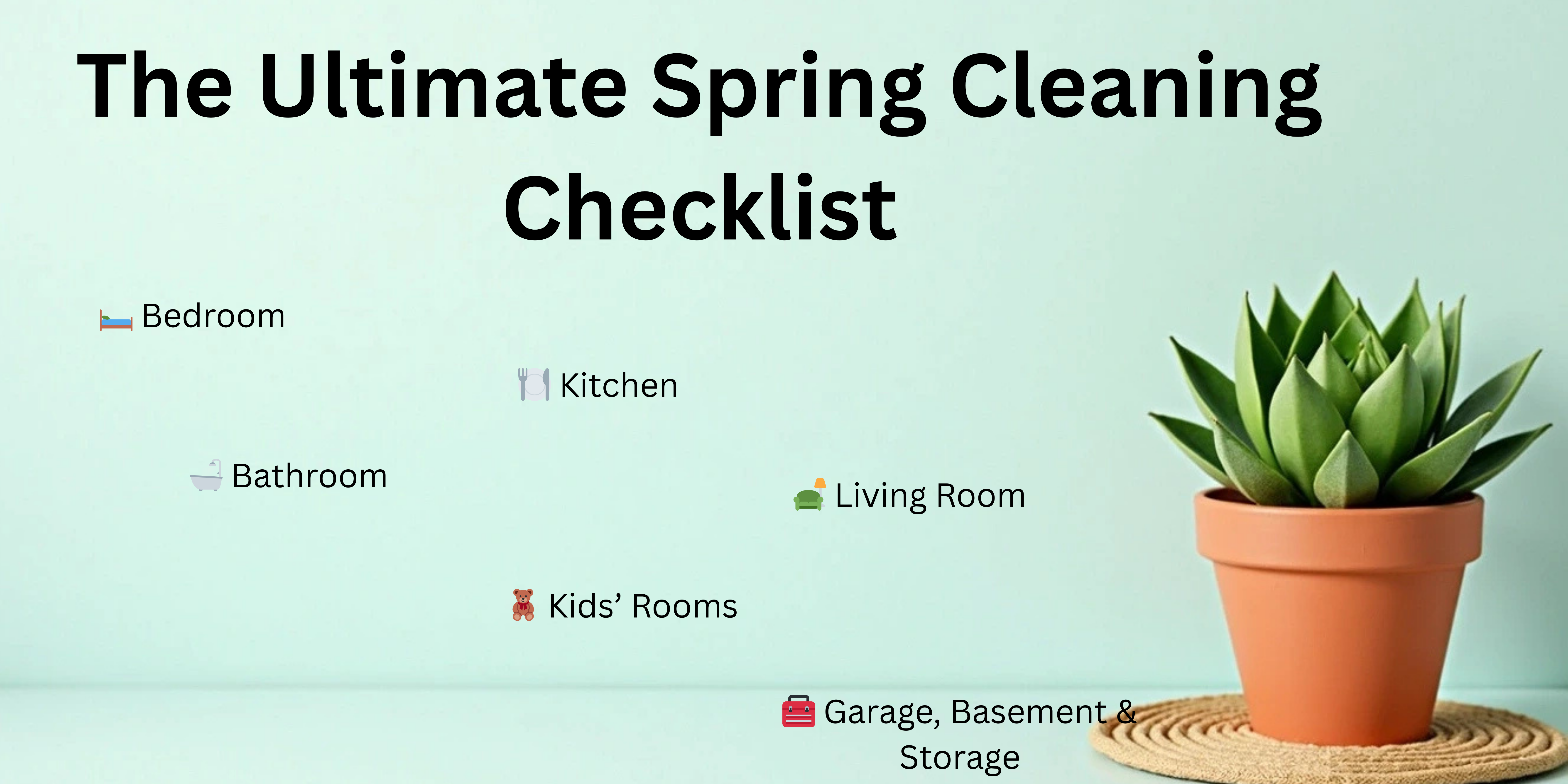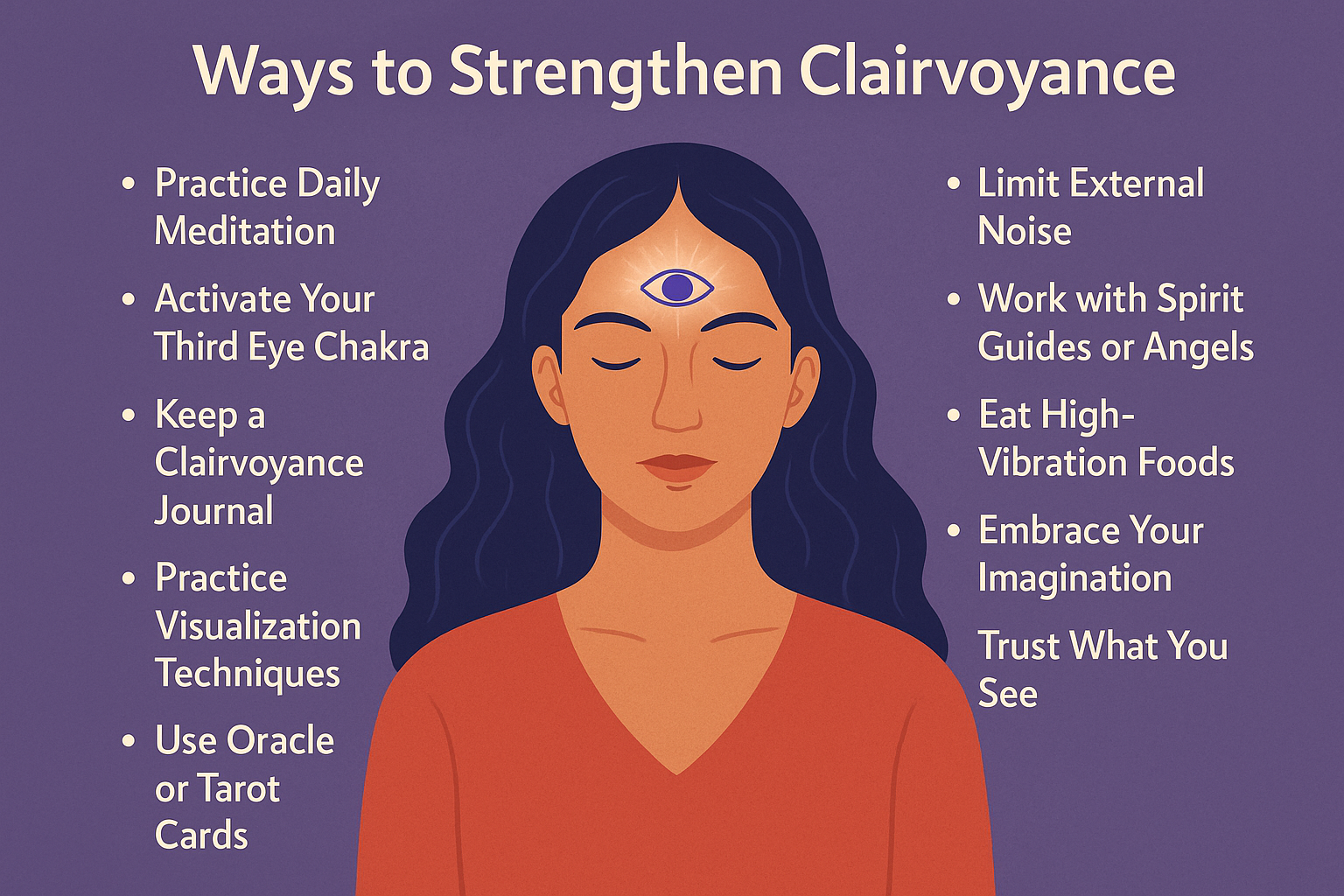Introduction
Open relationships have become an increasingly accepted form of romantic partnership, challenging the traditional idea of monogamy. While many people assume that an open relationship is simply about physical intimacy outside of a primary partnership, the reality is much deeper and more complex. Successful open relationships require trust, communication, and clear boundaries. Without these, they can quickly fall apart.
If you’re considering an open relationship or already in one, here are the must-know rules to ensure success and fulfillment for all involved.

1. Understanding Open Relationships
Before diving in, it’s essential to define what an open relationship means to you and your partner(s). Open relationships exist in various forms, including polyamory, swinging, and casual openness. Some people seek emotional connections with multiple partners, while others prefer only physical intimacy outside their primary relationship.
Understanding your intentions and discussing them with your partner is the first step toward a healthy open relationship. Ask yourself: Why do you want this? What do you hope to gain? Knowing your motivations can help set the foundation for a successful dynamic.
2. Communication Is Everything
Open relationships thrive on clear, honest, and frequent communication. Without it, misunderstandings and insecurities can lead to conflict. Partners should openly discuss their feelings, needs, and concerns regularly. Some essential communication topics include:
- Expectations and personal boundaries
- How much detail should be shared about other partners
- Addressing any emotional discomfort that may arise
Having check-ins with your partner helps ensure that both of you are on the same page and can adjust boundaries as needed.
3. Establishing Boundaries
Boundaries are essential in any relationship, but they are even more critical in an open one. These guidelines will help prevent unnecessary conflicts and ensure everyone involved feels respected. Boundaries can include:
- Rules about physical intimacy (who, when, and where)
- Emotional boundaries (e.g., avoiding deep emotional connections with others)
- Time management (how often external relationships occur)
- Consent and agreement on whom to engage with
Remember, boundaries should be flexible and open to discussion as your relationship evolves.
4. Dealing with Jealousy and Insecurities
Jealousy is natural, even in open relationships. The key is learning how to manage it. Understanding what triggers your jealousy and addressing it head-on can help build emotional security. Strategies for managing jealousy include:
- Focusing on self-confidence and self-worth
- Communicating feelings openly rather than suppressing them
- Practicing reassurance and validation with your partner
- Avoiding comparisons between partners
Recognizing and acknowledging feelings of insecurity can help maintain a strong and trusting relationship.
5. Prioritizing Safe and Ethical Non-Monogamy
Health and safety are crucial in any intimate relationship, and open relationships require extra attention. Partners should practice safe sex and be honest about their health status. Regular STI testing and open conversations about sexual health can protect everyone involved.
Additionally, ethical non-monogamy means ensuring that all parties are aware and consenting. Keeping secrets or lying to a partner about external relationships is unethical and can lead to trust issues.
6. Balancing Time and Priorities
Time management can be a challenge in open relationships. It’s vital to ensure that your primary relationship doesn’t suffer while also making time for new connections. Balance can be achieved by:
- Setting specific days or times for other partners
- Prioritizing quality time with your primary partner
- Keeping an open dialogue about emotional needs and expectations
Scheduling and respect for each other’s time help prevent feelings of neglect or imbalance.
7. Handling Unexpected Emotions
Despite the best planning, emotions can be unpredictable. You or your partner may develop unexpected attachments, or one of you may start feeling uncomfortable with the arrangement. Being open to revisiting and adjusting your agreements is important.
If strong emotions arise, consider:
- Taking a break to reassess feelings
- Seeking couples therapy or counseling
- Reevaluating whether an open relationship is the right choice
An open relationship should always feel like a mutual decision rather than an obligation.
8. Navigating Social and Family Dynamics
Not everyone will understand or accept your open relationship. Deciding how and when to discuss your relationship with family and friends is a personal choice. Some people prefer to keep it private, while others openly share their lifestyle.
If you face judgment or criticism, remember that your relationship choices are personal and do not require validation from others. Finding a supportive community, either online or in person, can also help.
9. Knowing When It’s Not Working
Open relationships aren’t for everyone, and that’s okay. If constant conflicts, emotional distress, or trust issues arise, it may be time to reevaluate whether this relationship style is right for you. Signs that an open relationship may not be working include:
- One partner feeling forced into the arrangement
- Persistent jealousy or insecurity
- Lack of communication or dishonesty
- Emotional disconnect between partners
If the relationship isn’t serving both partners positively, it may be worth reconsidering boundaries or even transitioning back to a monogamous relationship.
Conclusion
Open relationships require effort, trust, and ongoing communication. When approached with honesty, respect, and mutual understanding, they can be fulfilling and enriching. The key is to remain flexible, respect each other’s boundaries, and be willing to adapt as emotions and circumstances change.
Every relationship is unique, so the most important rule is to create guidelines that work for you and your partner(s). Whether you’re exploring an open relationship for the first time or refining your current one, these rules will help build a strong foundation for success.
FAQs About Open Relationships
1. Are open relationships healthy?
Yes, open relationships can be healthy when both partners communicate openly, establish clear boundaries, and prioritize trust and respect.
2. How do I know if an open relationship is right for me?
If you value both emotional and physical independence, are comfortable discussing boundaries, and can manage jealousy, an open relationship may be a good fit.
3. What is the biggest challenge in an open relationship?
Jealousy and time management are common challenges. Regular communication and mutual understanding help overcome these issues.
4. Can an open relationship turn into a monogamous one?
Yes, some couples start with an open relationship but later decide that monogamy works better for them.
5. How do I bring up the topic of an open relationship with my partner?
Honesty is key. Approach the conversation with openness, express your reasons, and discuss feelings without pressure or expectations.







